Cats are naturally curious, playful creatures. Whether they’re sprinting after invisible prey or swatting at dangling string, play is a critical part of a cat’s mental and physical well-being. For indoor cats especially, toys are more than just entertainment—they’re a substitute for hunting, exploring, and environmental stimulation.
This article explores different categories of cat toys, why each matters, and how you can use them to improve your cat’s daily life. Whether you’re shopping for a kitten, an adult cat, or a senior feline, this guide will help you understand what kinds of toys provide the right mix of fun and function.
Why Toys Are Essential for Cats

Cats may seem low-maintenance, but without proper stimulation, they can quickly become bored, anxious, or even depressed. Toys serve several key roles:
- Physical exercise: Helps manage weight and reduce health risks.
- Mental stimulation: Engages natural instincts like stalking, chasing, and pouncing.
- Bonding opportunities: Strengthens the relationship between you and your cat.
- Behavioral benefits: Reduces destructive habits like scratching furniture or biting.
Cats that play regularly are generally healthier, more relaxed, and easier to train.
Interactive Toys That Engage Instincts
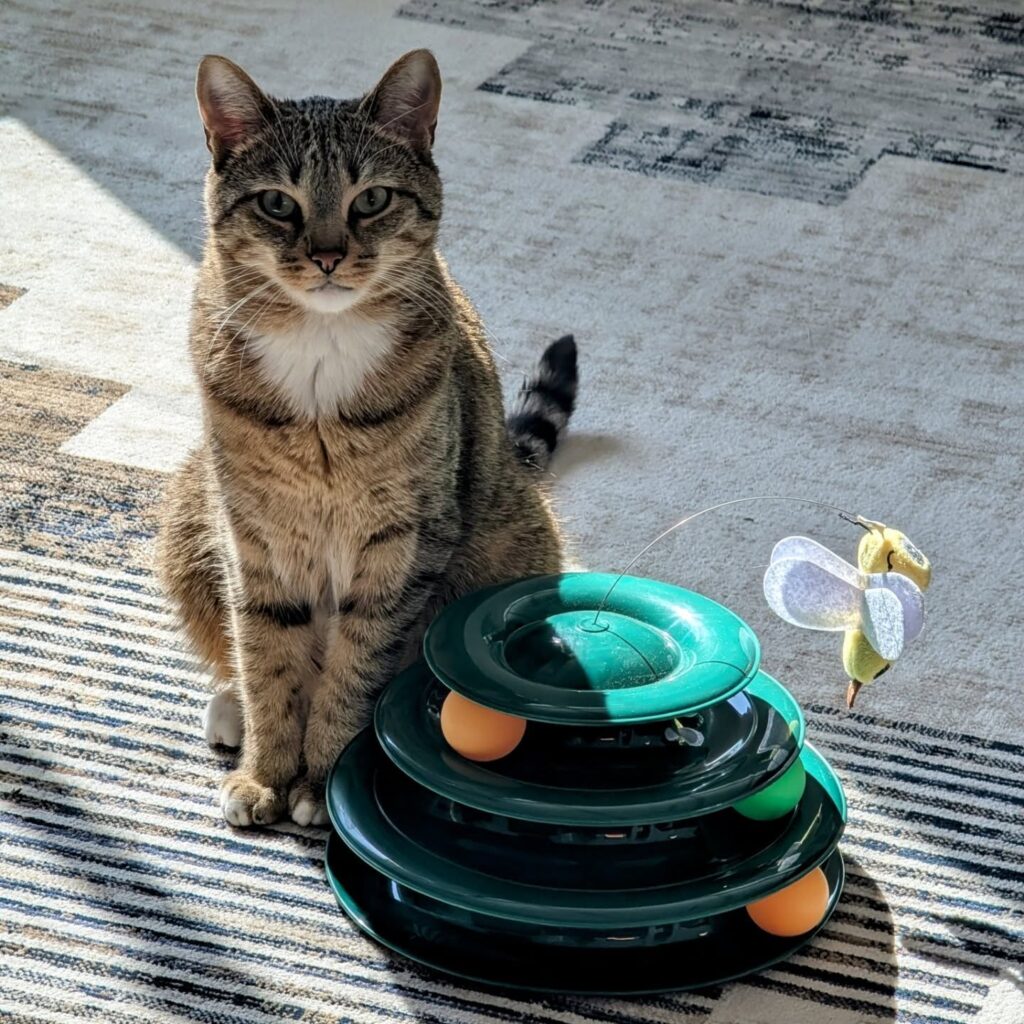
Interactive toys require your cat to move, chase, or problem-solve. These types of toys mimic the behaviors cats use in the wild.
Popular Types
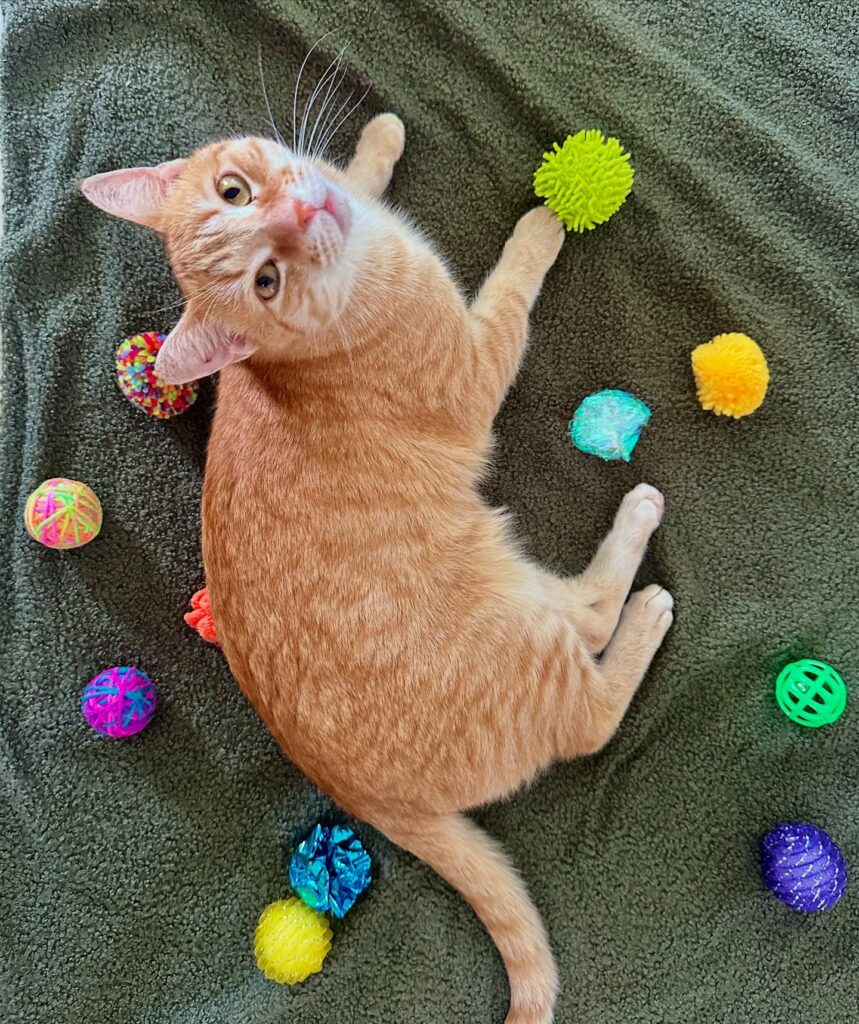
- Wand toys with feathers or fabric tails
- Motion-activated rolling balls
- Toys that emit chirps or squeaks
- Laser pointers (used responsibly to avoid frustration)
Why They Matter
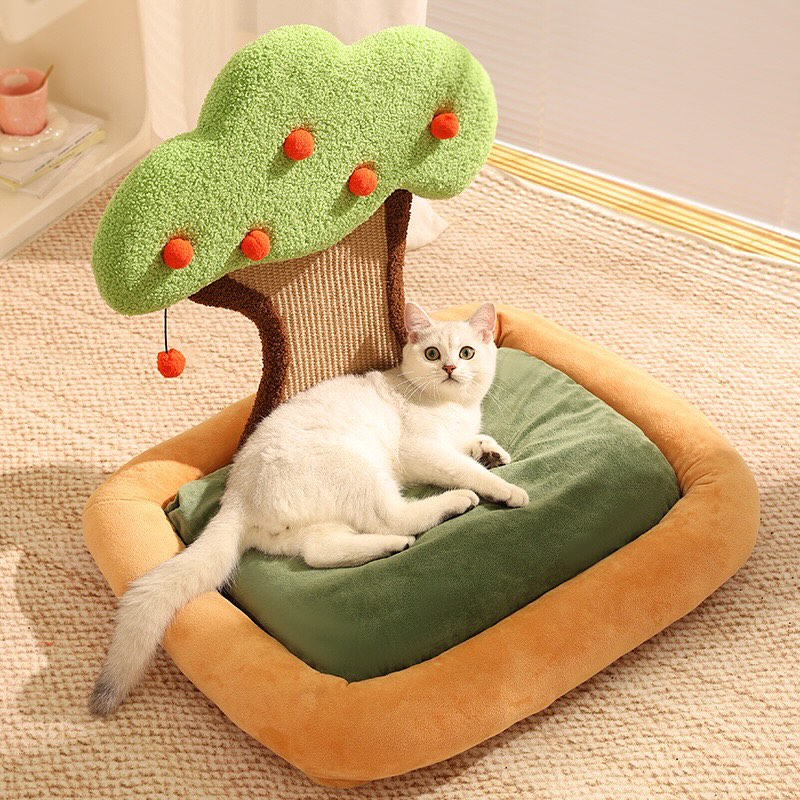
These toys replicate the thrill of the hunt, encouraging natural behaviors and keeping your cat alert. They’re especially effective for high-energy cats that need regular outlets for their drive to pounce and chase.
Use interactive toys in short, focused play sessions to prevent overstimulation and keep the excitement fresh.
Solo Toys for Independent Play
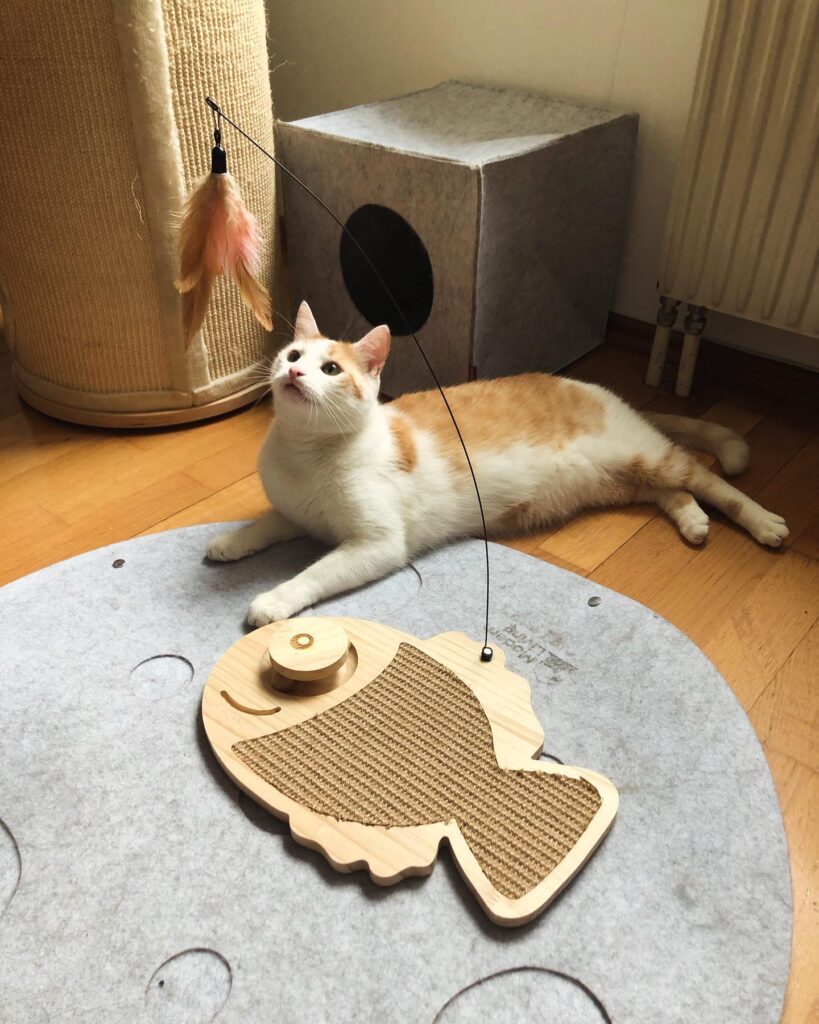
Some cats prefer playing alone—or you may not always be available. Solo toys are designed to hold a cat’s attention without your direct involvement.
Options Include:
- Plush mice or birds
- Rattling balls
- Catnip-infused toys
- Puzzle balls with treats inside
These toys work best when rotated regularly. Leaving the same toys out every day can lead to disinterest. A few minutes of novelty can go a long way in sparking curiosity.
Puzzle Toys and Treat Dispensers

Puzzle toys require your cat to manipulate a device in order to receive a reward—usually a treat or bit of kibble. These toys slow down eating, reduce boredom, and challenge a cat’s problem-solving abilities.
Ideal For:
- Overweight cats (promotes movement)
- Fast eaters (slows down meals)
- Indoor-only cats (adds environmental complexity)
Start with simple dispensers and gradually move to more complex ones. Even cats that seem uninterested at first often learn with gentle encouragement.
Catnip and Silvervine Toys

Catnip and silvervine are natural attractants that stimulate many cats into a state of hyperplay. While not all cats respond to catnip, silvervine often works as an alternative.
Benefits
- Encourages inactive cats to play
- Useful for stress relief and anxiety
- Can reinvigorate interest in old toys
Catnip toys should be used in moderation and replaced regularly, as the scent fades over time. Consider storing them in an airtight container with dried catnip between uses.
Soft Toys for Comfort
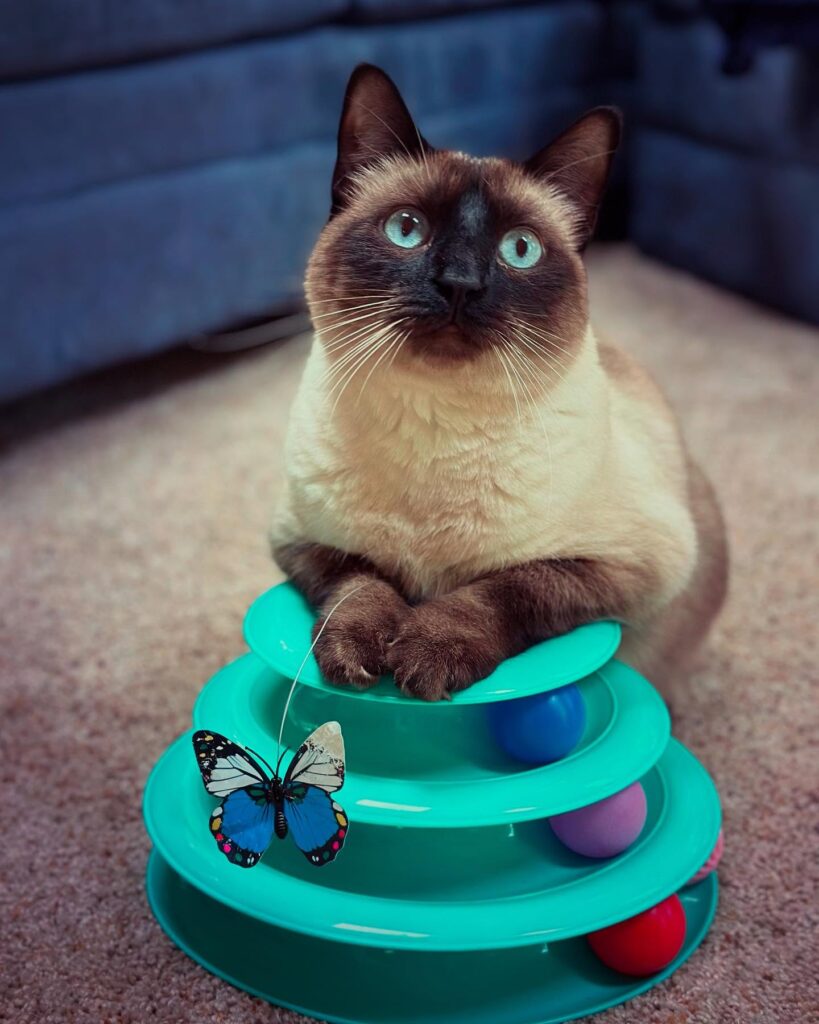
Some cats, especially kittens or more sensitive adults, gravitate toward plush, soft toys that they can cuddle or carry around in their mouths.
Look for:
- Soft fabric mice or birds
- Toys with “heartbeat” or warming elements (for anxious or recently weaned kittens)
- Lightweight toys small enough for your cat to bat around or pick up
These comfort toys can provide emotional security and act as surrogate prey in games of catch-and-carry.
Climbing and Batting Toys
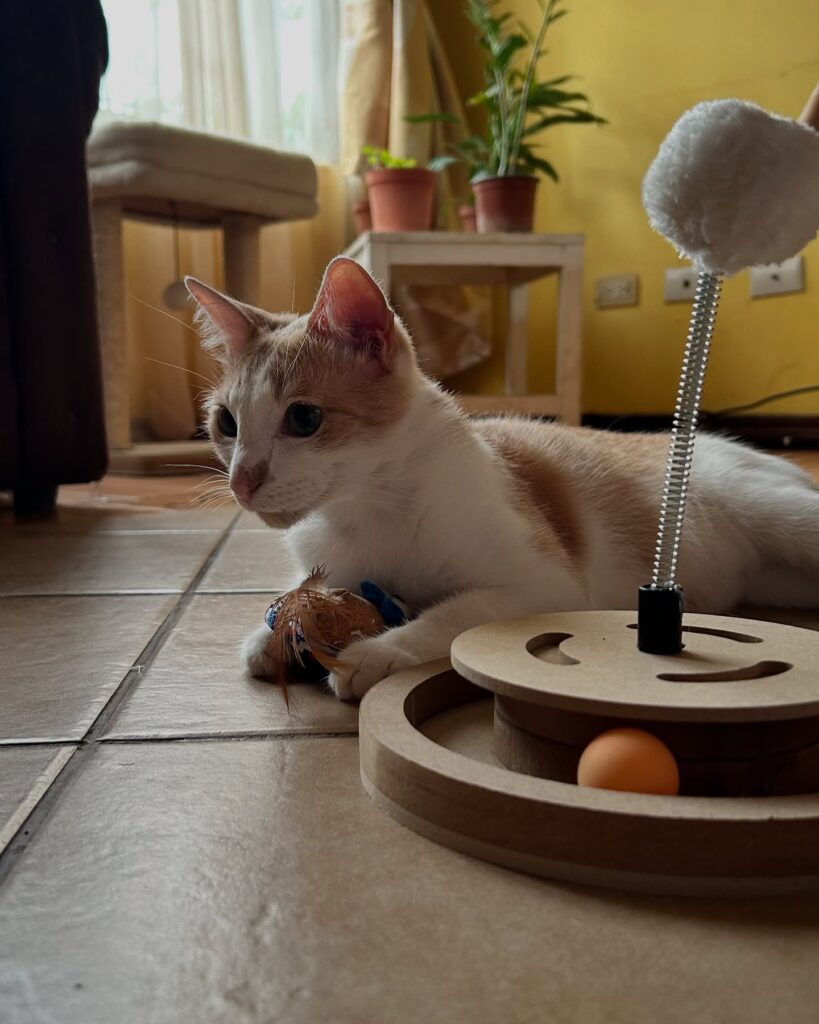
These toys often hang, sway, or are suspended on scratching posts or wall-mounted platforms. They combine physical movement with playful batting.
Common Features:
- Toys on springs or elastic cords
- Hanging balls or feathers
- Scratcher pads with integrated toys
These toys encourage vertical movement and give cats a chance to exercise different muscle groups, especially when placed on or near cat trees.
Noise-Based Toys
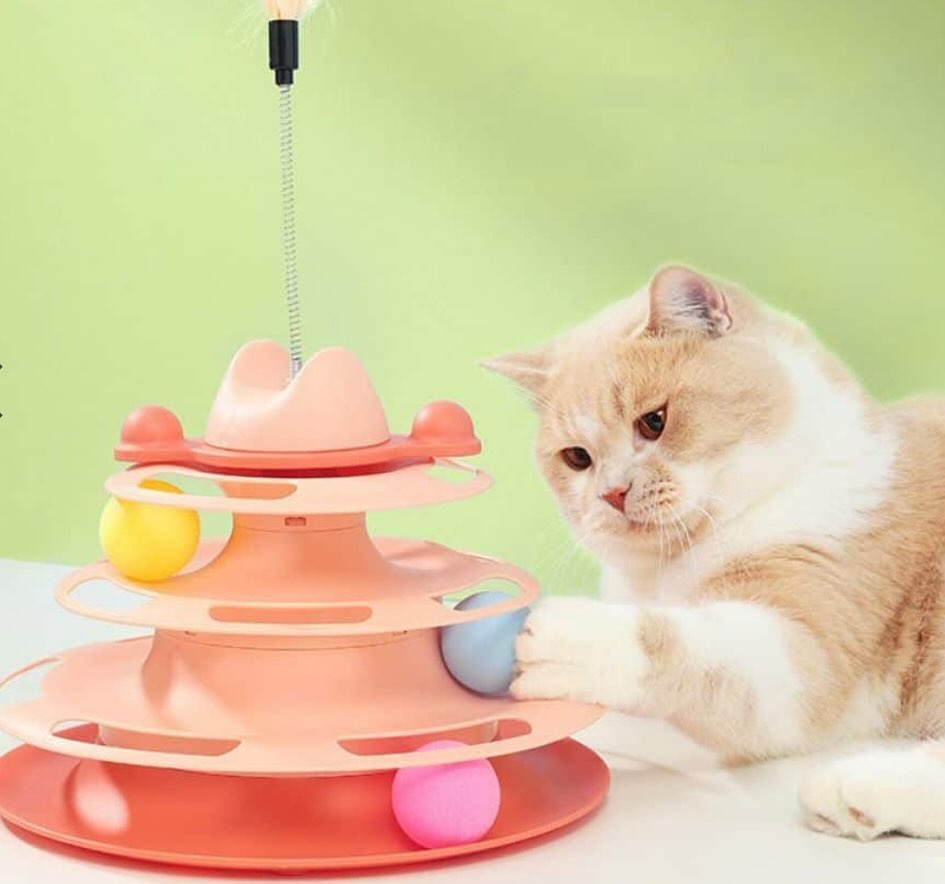
Toys that crinkle, rattle, or chirp add an auditory layer to play. Some cats are particularly responsive to sounds that mimic prey.
Examples Include:
- Crinkle tunnels
- Rattling balls
- Toys with electronic chirp or squeak effects
Noise-based toys work well in short bursts of play but may be less suitable for nighttime use unless you want a 3 a.m. soundtrack.
DIY Cat Toy Ideas
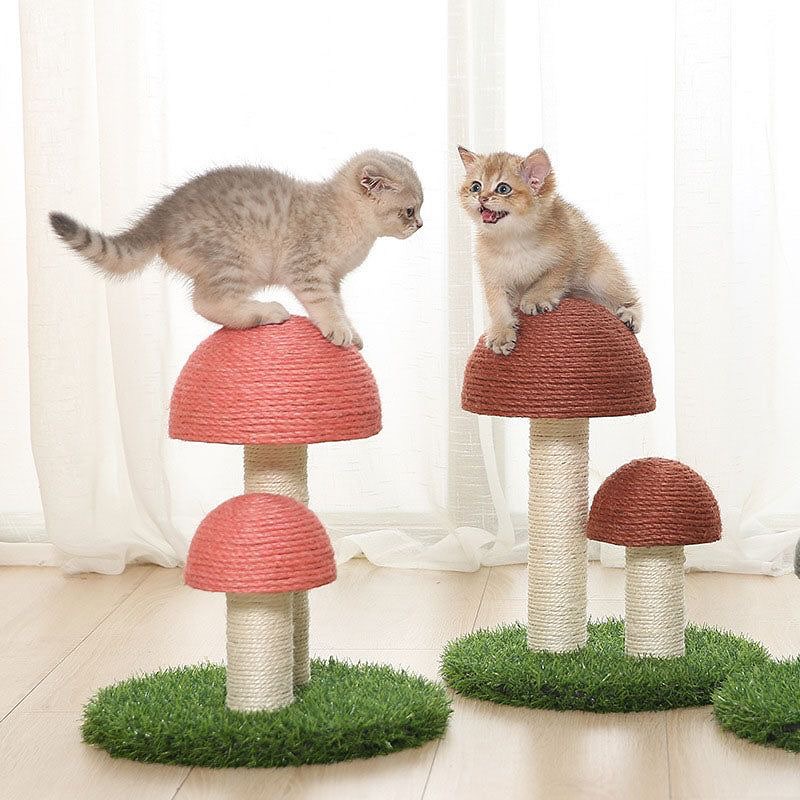
Not all great toys come from pet stores. Many effective cat toys can be made from items you already have at home.
Simple DIY Ideas:
- Crumpled paper balls (avoid foil)
- Empty cardboard boxes
- Toilet paper rolls with treats inside
- Yarn strings (used under supervision)
Homemade toys are especially useful for testing what kind of textures or sounds your cat prefers before investing in store-bought versions.
Toy Rotation: Keep It Interesting

One of the best ways to maintain your cat’s interest in toys is through rotation. Leave out only a few toys at a time and store the rest in a box. Every week, swap them out.
Benefits of Rotation:
- Prevents boredom
- Makes old toys feel new again
- Reduces clutter
If you notice a toy losing its appeal, removing it for a few days and reintroducing it later can rekindle interest.
Matching Toys to Personality
Not every toy suits every cat. Consider your cat’s age, energy level, and preferences when choosing toys.
- High-energy cats: Benefit from laser pointers, wand toys, and climbing setups.
- Shy cats: May prefer softer toys or ones they can use alone.
- Seniors: Might like lightweight or gently moving toys that are easy to manipulate.
- Kittens: Need a variety of safe textures and movements to explore their instincts.
Observe how your cat interacts with each toy to better understand what stimulates them the most.
Final Thoughts
Toys are more than just fun—they’re a vital part of a cat’s daily enrichment and overall health. By choosing a range of toys, rotating them regularly, and adapting to your cat’s personality, you can create a dynamic environment that keeps them engaged and content.

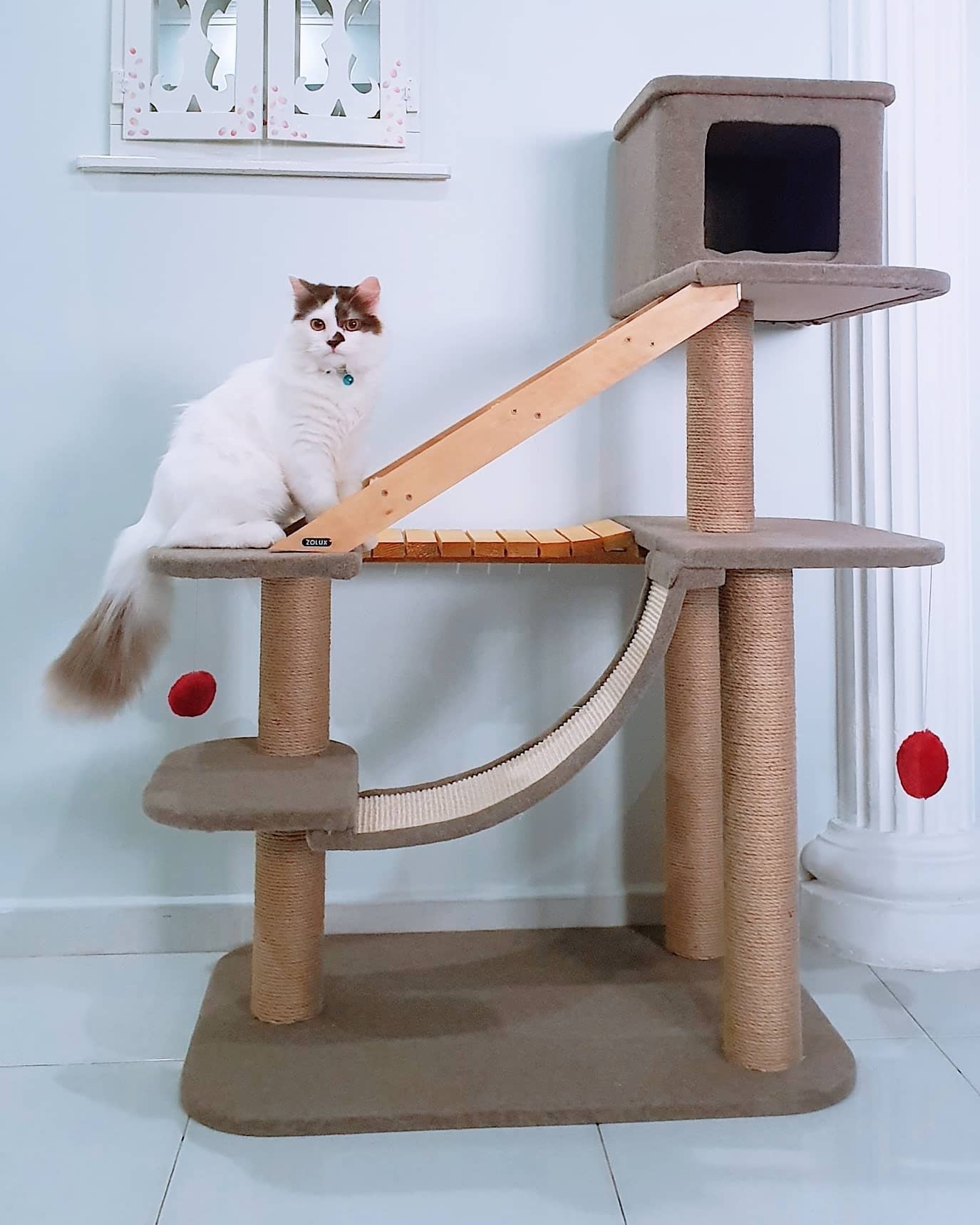
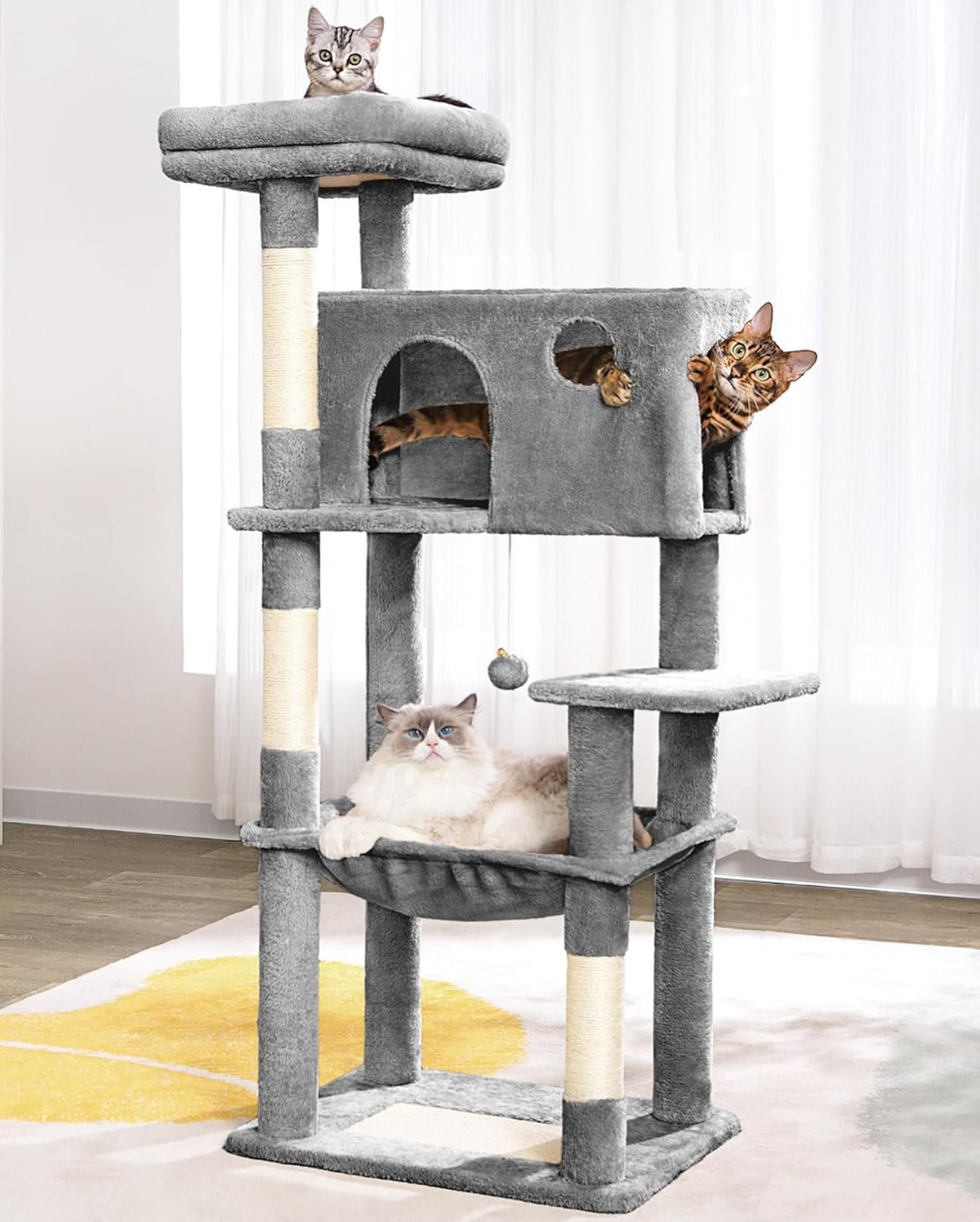

Leave a Reply